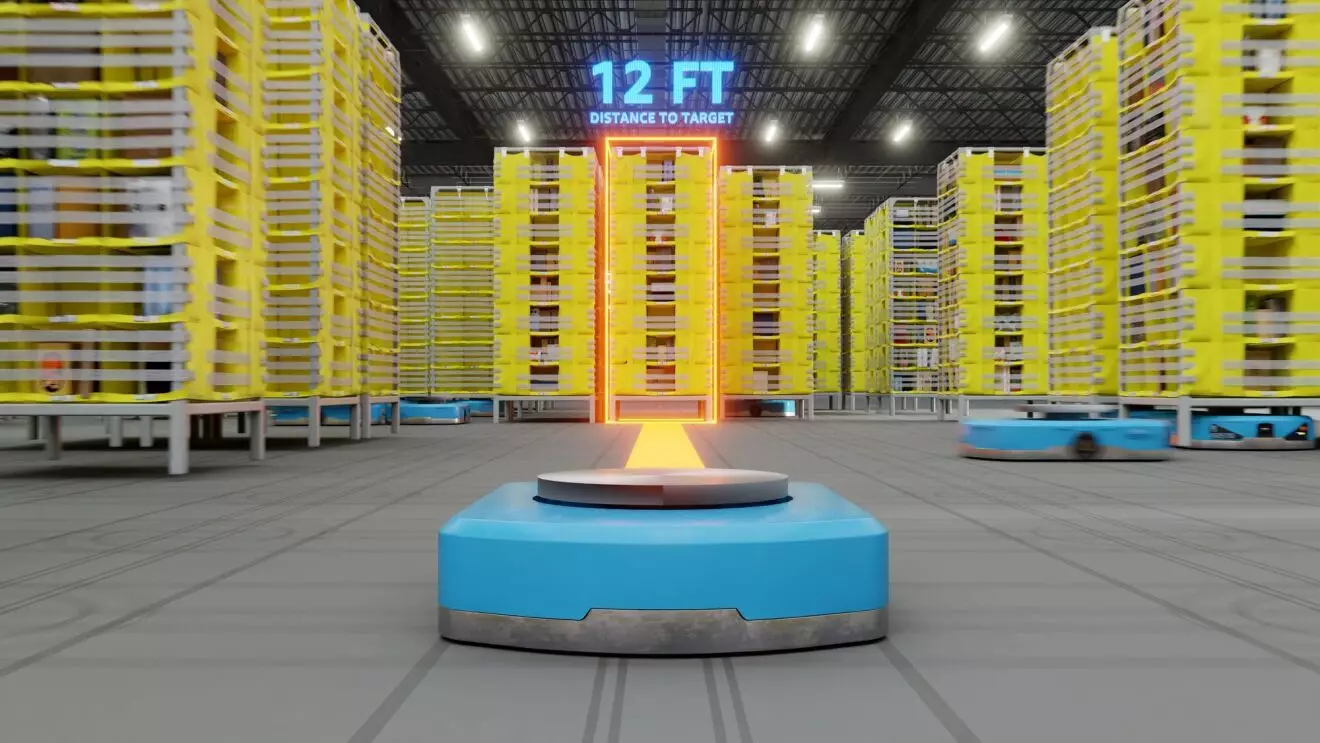In an era where technological innovation often dictates the pace of economic transformation, Amazon’s relentless expansion into robotic automation stands out as a defining trend. The deployment of its one millionth robot marks a pivotal milestone, showcasing how a corporation once known solely for its online marketplace has become a tech giant that seamlessly blends human labor with cutting-edge automation. This transition is not merely about efficiency but about reshaping the very fabric of logistics, warehousing, and delivery systems.
What’s particularly striking is the sheer scale at which Amazon operates its robotic fleet—an achievement that emphasizes the company’s long-term commitment to automation. While the core workforce in fulfillment centers still exceeds 1.5 million employees, the automation infrastructure cleverly complements and elevates human productivity, suggesting a strategic shift rather than an outright replacement. The robots, from simple automation units to sophisticated AI-powered systems like Vulcan, exemplify a new frontier where intelligent machines will increasingly orchestrate critical parts of the supply chain.
Intelligent Machines: The Future of Fulfillment
Amazon’s recent focus on enhancing robotic intelligence through the integration of generative AI models signifies a pivotal evolution—from basic automation to smart, self-improving systems. The introduction of DeepFleet—a foundational AI platform—is a testament to Amazon’s ambition to achieve a truly synchronized robotic network. By optimizing movement and coordination among thousands of robots, Amazon claims to improve operational efficiency by 10%, culminating in faster deliveries and reduced costs.
Among the latest innovations, Vulcan stands out as a glimpse into the future. Equipped with dual arms, cameras, touch sensors, and self-improving capabilities, Vulcan embodies the next generation of workspace automation. While fears of humanoid robots replacing humans evoke dystopian visions, Amazon’s approach appears to favor augmentation over eradication. Instead of eliminating human roles, these robots are designed to shoulder repetitive tasks, allowing employees to transition into roles that demand oversight, maintenance, and strategic decision-making—areas where human intuition remains invaluable.
Human Workers: Elevated, Not Eliminated?
Contrary to sensationalist fears, Amazon’s narrative suggests that automation can lead to more rewarding employment opportunities. The rising wages and improved working conditions for warehouse personnel, such as Neisha Cruz, demonstrate how automation might serve as a catalyst for workforce enhancement rather than displacement. Cruz’s shift from manual item-picking to overseeing robotic systems exemplifies a shift toward higher-skilled roles that demand technical expertise—a trend that could redefine the future of warehousing labor.
However, skeptics argue that this positive story might not be universally applicable. Automation’s transformative impact is often uneven, affecting different regions and job categories disparately. While some workers may benefit from higher wages and more engaging tasks, others risk being marginalized or rendered obsolete if they cannot adapt to increasingly automated environments.
The Imminent Scale of Automation and Its Consequences
Taking a step back, the numbers reveal an almost surreal reality: Amazon’s shipping output has skyrocketed from 175 packages per employee in 2015 to nearly 4,000 today. This staggering productivity surge raises vital questions about economic sustainability, labor rights, and societal impacts. Is this level of efficiency sustainable in the long run, or does it come with hidden costs?
Furthermore, the continued proliferation of automated systems invites us to consider the broader implications. Will automation lead to an unprecedented level of supply chain resilience—making Amazon less vulnerable to labor shortages and logistical disruptions? Or will it create dependencies that are difficult to manage or regulate? Despite the promise of faster, cheaper delivery, these technological advancements carry risks of over-reliance on machines and potential vulnerabilities in the face of cyber threats or system failures.
In the end, Amazon’s automation journey represents both a remarkable feat of technological ingenuity and a complex societal challenge. While the promise of efficiency and innovation shines brightly, the full scope of its human and economic consequences remains uncertain—and perhaps, intentionally so.

